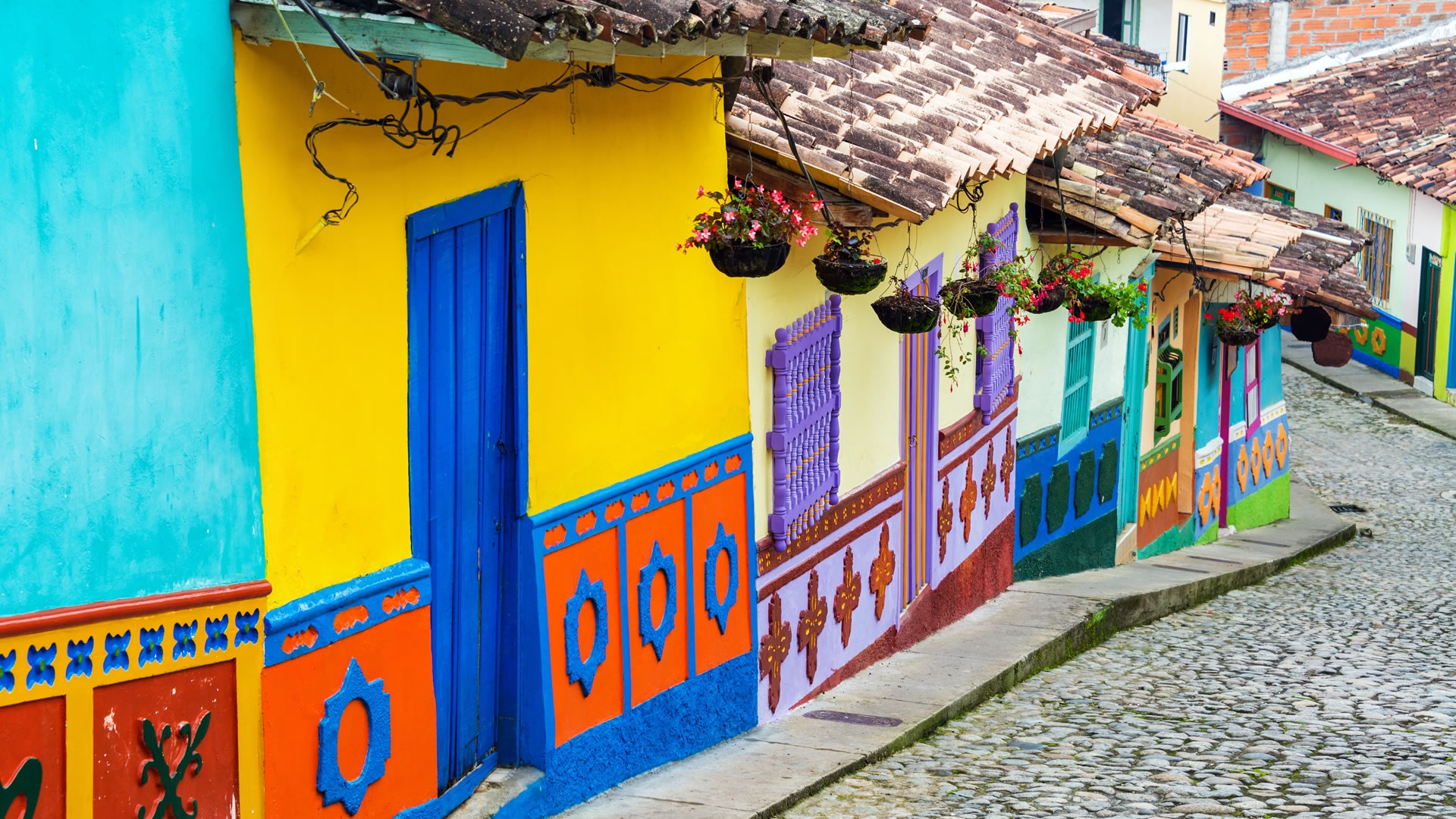Urban renewal initiatives play a pivotal role in achieving the targets outlined in SDG 11: to make cities and human settlements inclusive, safe, resilient and sustainable.
Urban renewal

One of the earliest examples of urban renewal as a method for social reform emerged in England in the mid 19th century as a reaction to the cramped and unsanitary conditions of the urban poor in the rapidly industrializing city of Manchester.
Today, urban renewal projects can be crucial to the success of the modern city. They opportunities for employment, housing, investment and inlcusion and equity. This can help stimulate the local economy, support current businesses and attract new ones, instil a sense of civic pride, foster citizen engagement and reduce crime. Additionally, these initiatives often involve improving an area’s amenities by identifying infrastructure and mobility needs.
However, it must be acknowledged that urban regeneration initiatives are often complex and can run the risk of gentrifying private space or privatize public ones, the destruction of historic structures, the displacement of low-income families, and the removal (often resulting in closure) of small businesses.
When planning and implementing an urban renewal project it is important that government authorities engage with the community and other stakeholders to ensure the social and environmental aspects of the initiative are given the same priority as economic considerations.
Below are 5 programmes on the use platform being implemented by local governments in partnerships with NGO’s, civil society and the private sector to revitalize areas in their cities to ensure long-term sustainability:
Habitarte - Bogota, Colombia
HabitARTE is a social and community initiative where citizens work together to improve the facades and common areas of public spaces in neighborhoods located in informal settlements. Participants are provided with training in different arts and crafts and some have access to employment opportunities. HabitARTE fosters social inclusion and co-existence within the community and simultaneously builds citizens leadership skills.
https://use.metropolis.org/case-studies/habitarte
eKhaya: an urban regeneration project - Johannesburg, South Africa
eKhaya is a residential inner-city neighbourhood in Hillbrow, a district of Johannesburg. Hillbrow is historically known for high levels of unemployment, poverty, crime and population density. In 2004 a Neighborhood Improvement Program was implemented with the support of the City of Johannesburg and The Johannesburg Housing Company (JHC) together with other stakeholders including property management companies, property owners, property caretakers and tenants. The project demonstrates a bottom-up, community-led response to urban degeneration that puts emphasis on social capital as an essential element of urban regeneration.
https://use.metropolis.org/case-studies/ekhaya--an-urban-regeneration-project
Technopole Angus - Montreal, Canada
Historically, the Shops Angus industrial complex was the economic heart of the Rosemont neighborhood. However, in the early 1990s, the deindustrialization of Montreal caused high unemployment rates across the city, particularly in Rosemont, and Shops Angus ceased operating in 1992. To address the issues resulting from the closure, the city government embarked on a holistic approach that focused on the needs and aspirations of local residents to redevelop the site based on sustainable development and social economy and commitment.
https://use.metropolis.org/case-studies/technopole-angus--montreal
Revitalizing “sick” buildings - Isfahan, Iran
The City of Isfahan has adopted a unique approach to "sick" buildings (buildings that are unsafe or energy-inefficient). Trained "doctors", usually graduates in urban studies who have uncertain career prospects, visit the buildings and provide a “diagnoses” of the building’s condition and sustainability. The municipality then provides financial aid to "cure" the building, which receive a health certificate when recovered.
https://use.metropolis.org/case-studies/revitalizing-sick-buildings
Usquare - Brussels, Belgium
Usquare.brussels the conversion of an enclosed, early 20th century military complex into an open and diverse space for 21st century living. While not a student campus, it is a future district of the city that will be diverse and dynamic, urban and welcoming, sustainable and innovative and centered around the universities. The new district will combine heritage, sustainable development, circular economy and knowledge.
For more initiatves and policies related to urban renewal search the use data base by SDG 11 or topic – urban renewal: https://use.metropolis.org/search